Industrial metaverse was experimented with in Suomenlinna
New winds are blowing at the historic Suomenlinna: a robot dog successfully created a 3D model in a challenging environment, in a tunnel connecting the island and the mainland. Testbed Helsinki provided an opportunity to learn about the automatic modeling done by the robot dog.
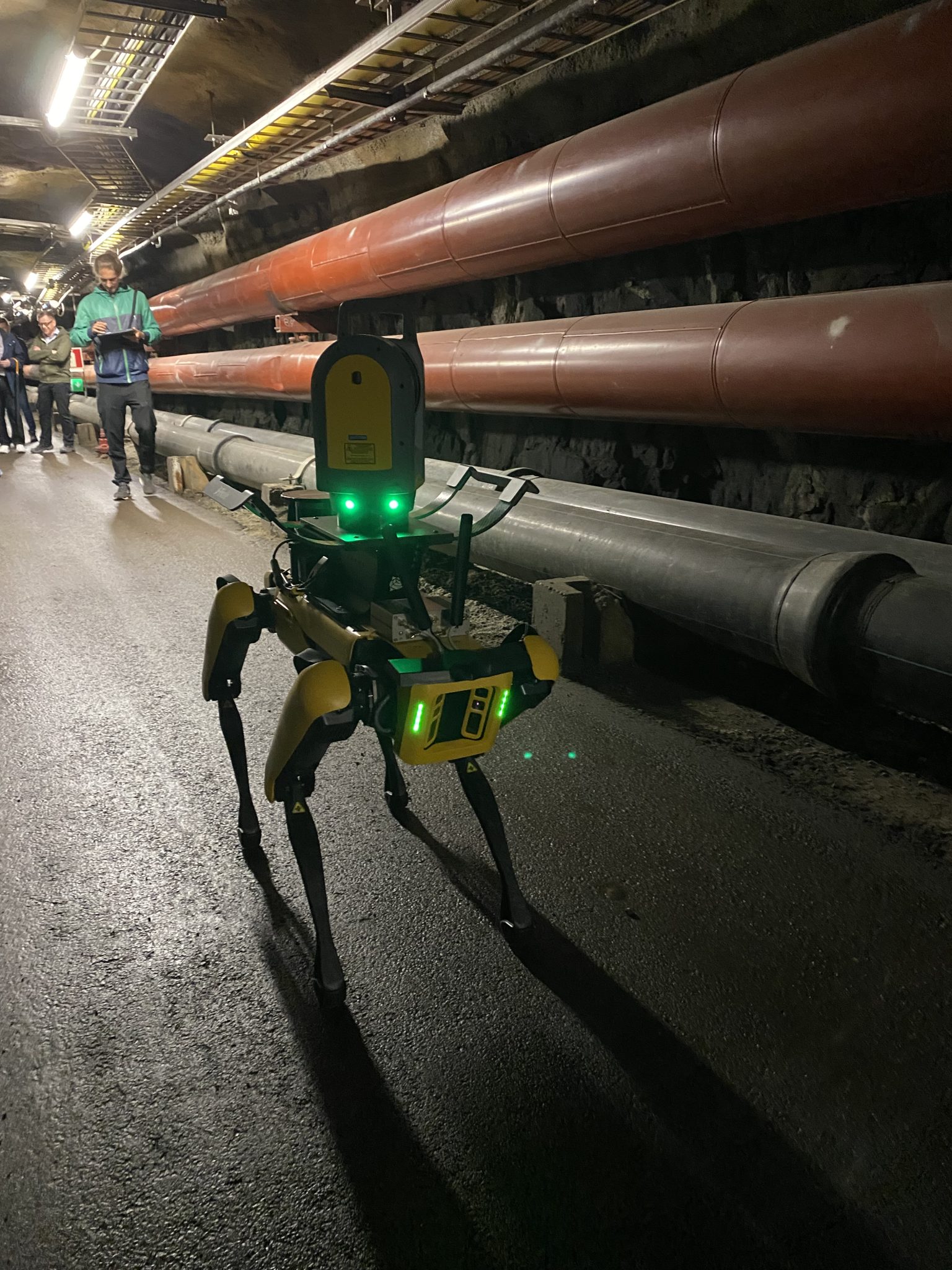
As part of a joint project between VTT and Telia, the suitability of the robot dog for modeling different spaces was tested. In the experiment supported by Testbed Helsinki, the goal was to create a 3D model of the Suomenlinna tunnel, which the Governing Body of Suomenlinna could use for planning restoration work and guiding its implementation.
The testing of the robot dog in Suomenlinna is part of a broader Business Finland project called MURO, where robots are tested in various environments. MURO stands for “Multi-purpose Service Robotics as Operator Business”. These versatile service robots efficiently handle “dull, dirty, and dangerous” tasks.
The possibilities for using versatile service robots extend to the industrial metaverse. It combines the physical and virtual work environment, enabling remote work through new technology even in fields that traditionally required physical presence at a specific location. The business potential of the industrial metaverse is significant: it enhances productivity and sustainability. For example, industries such as manufacturing, maintenance, construction, transportation, and logistics can benefit from the industrial metaverse.
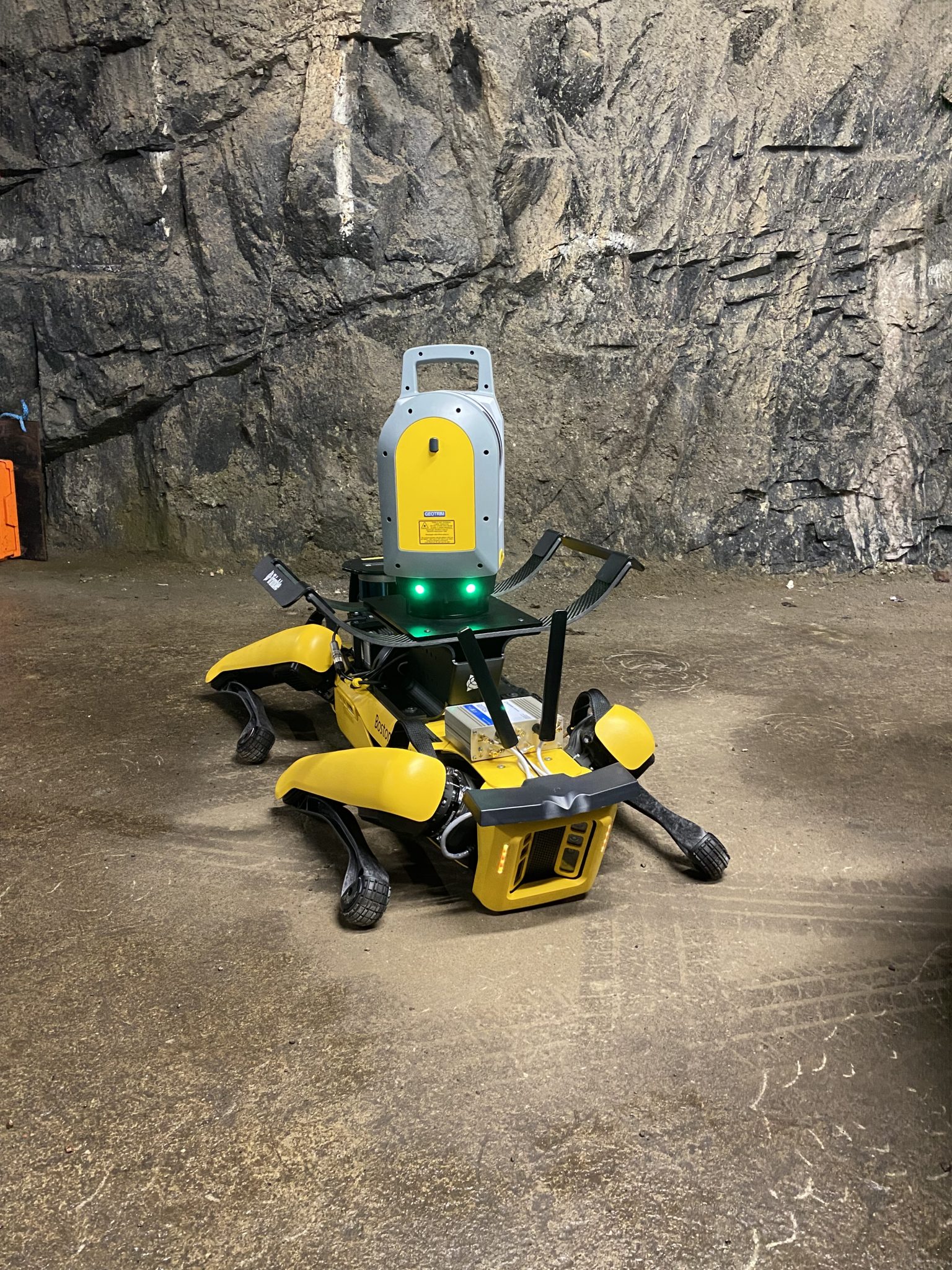
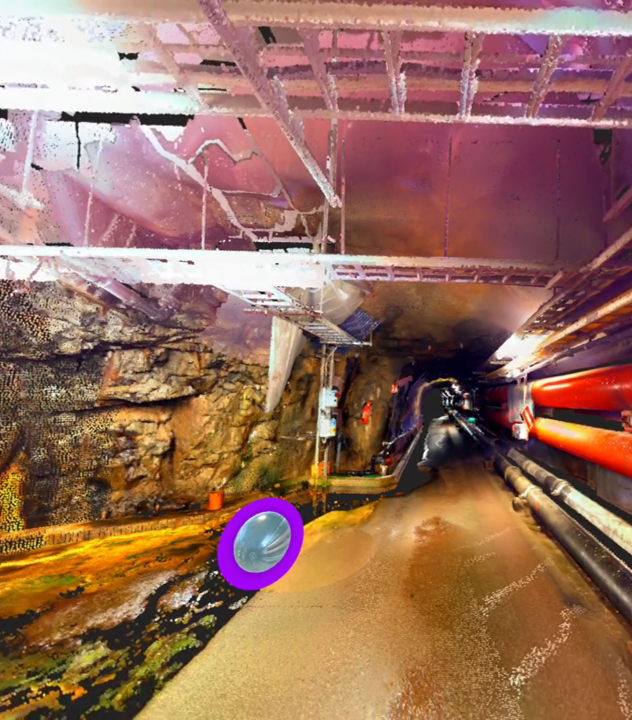
Collaboration and insights on the frontier of the new
Robot dogs have been tested worldwide, but the Suomenlinna experiment presented a unique need and a challenging target. Visits to the tunnel for maintenance planning have always been a hassle. Any pre-planning that can be done remotely eases the work and saves time. The terrain of the tunnel is uneven, with various technologies and equipment. Some spaces are dim, cold, damp, and tight. No obstacle for the robot dog: with its four limbs, it is agile and versatile, capable of climbing stairs and crawling, unlike more traditional robot models.
— The terrain of the target area was occasionally visually repetitive and tubular, which was challenging. We noticed that at times, it was difficult to create a cohesive 3D model from repeated scans. Insights like these are the best outcome of testbeds, providing a basis for further development, reflects Marko Lepola from Telia.
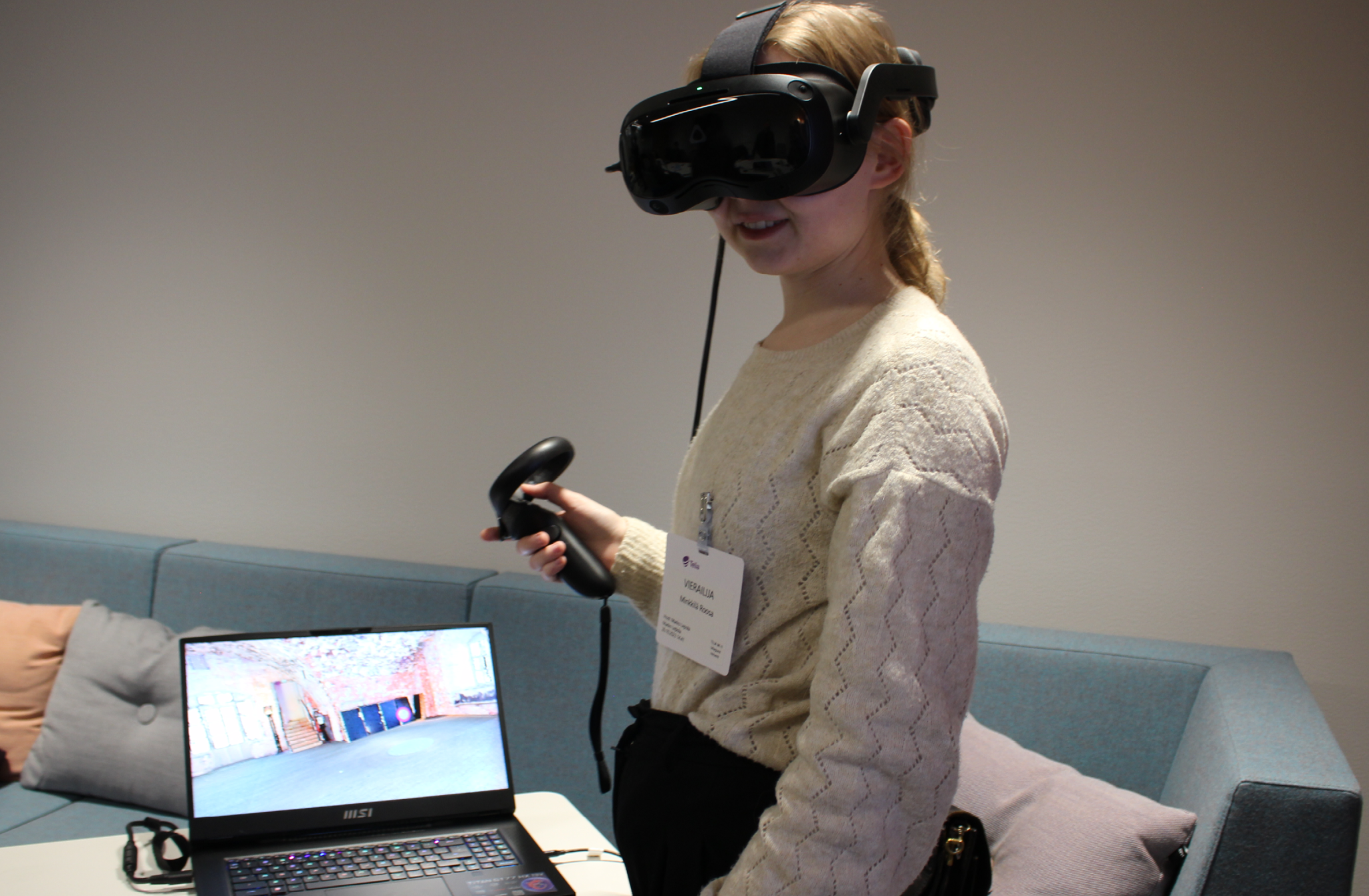
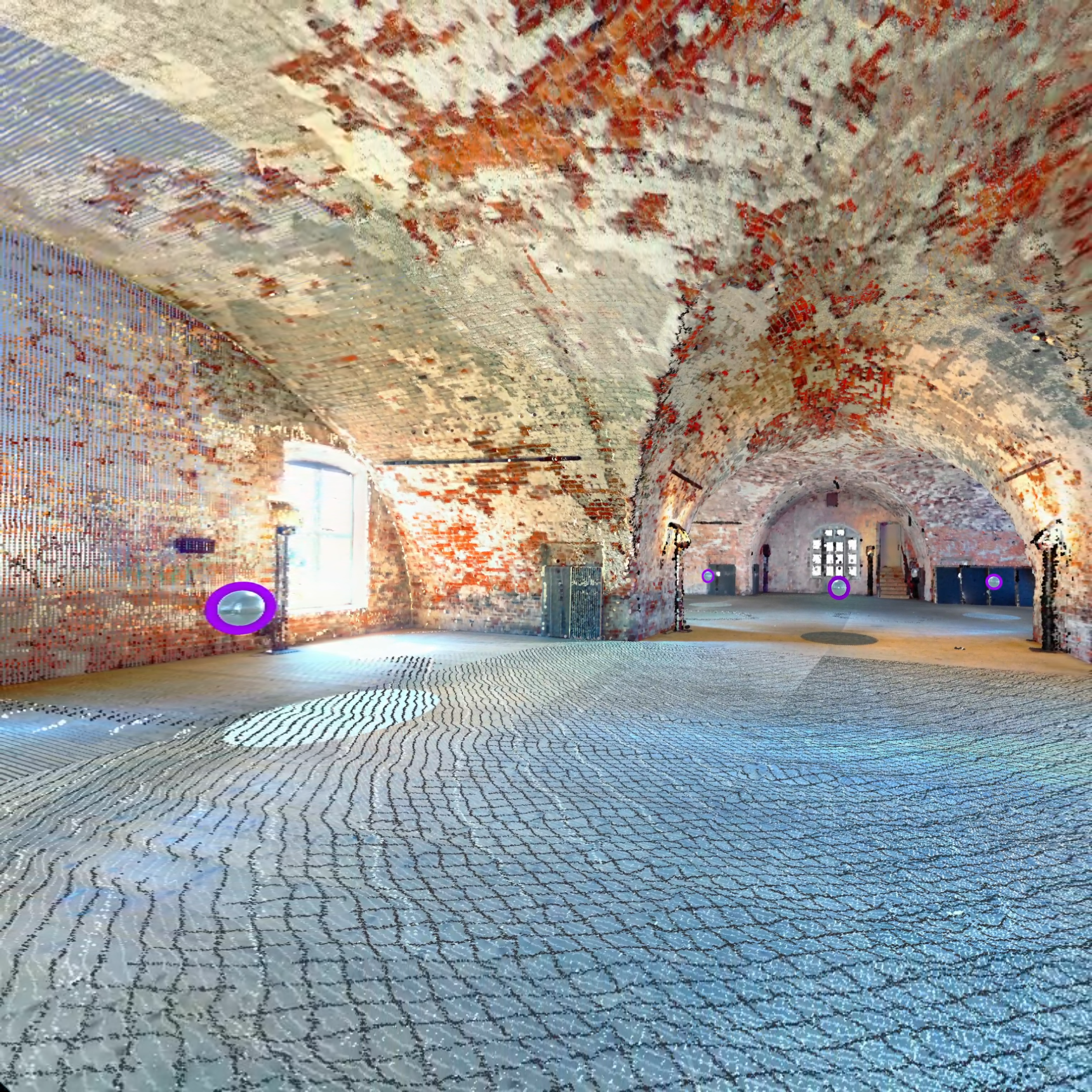
The created 3D model is an accurate replica of the real environment, a so-called digital twin. Inside it, you can move just as you would in the actual tunnel. Wearing virtual reality glasses, the impression is authentic. The model can be useful for training, maintenance planning, or tasks that are dangerous for humans, such as locating gas leaks. In the model, all information is precisely located, because the robot dog always knows its position.
— Creating the metaverse using the robot dog like this is something new that hasn’t been widely seen worldwide yet. It ensures that the digital twin remains up-to-date, and the collected data doesn’t become outdated. Manual modeling would be time-consuming, but the robot dog accomplishes it independently and effortlessly, says Taru Hakanen from VTT.
Kimmo Heinonen, Team Manager of Business Helsinki’s Innovation Services, sums it up:
— It was interesting to be part of testing a concrete solution for the industrial metaverse. We’re pleased that we could provide a real environment as a testing platform and thus support this innovation’s development. This experiment was the result of excellent collaboration.
